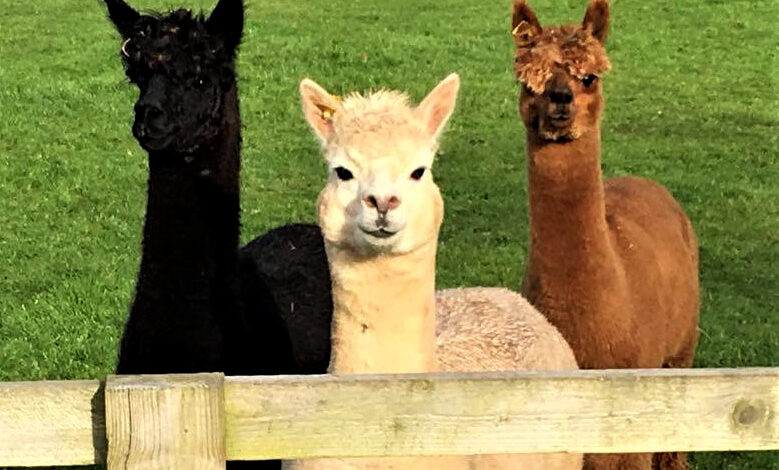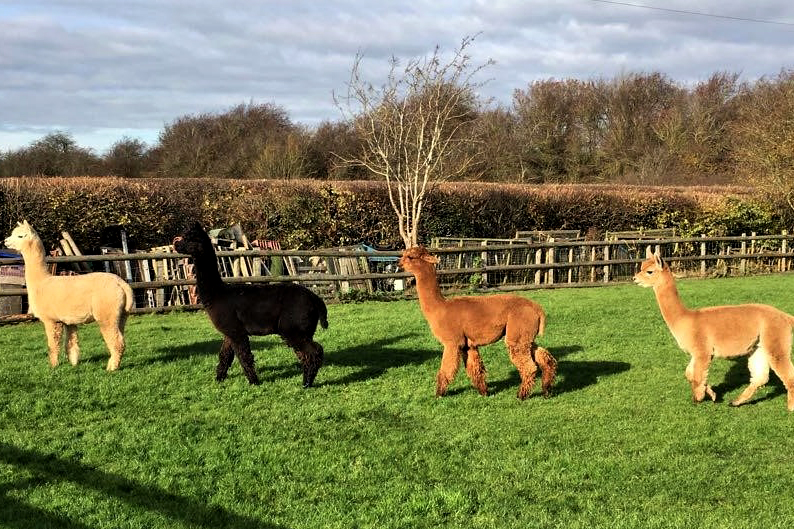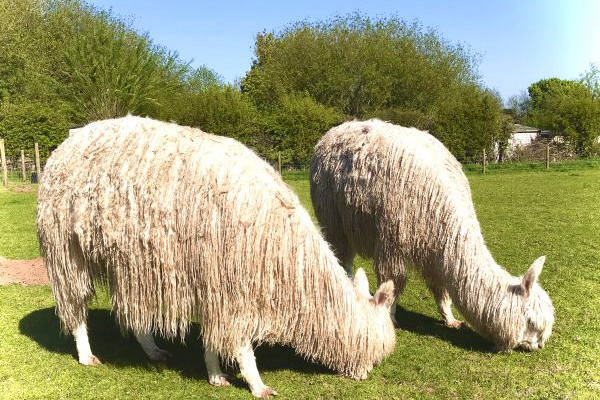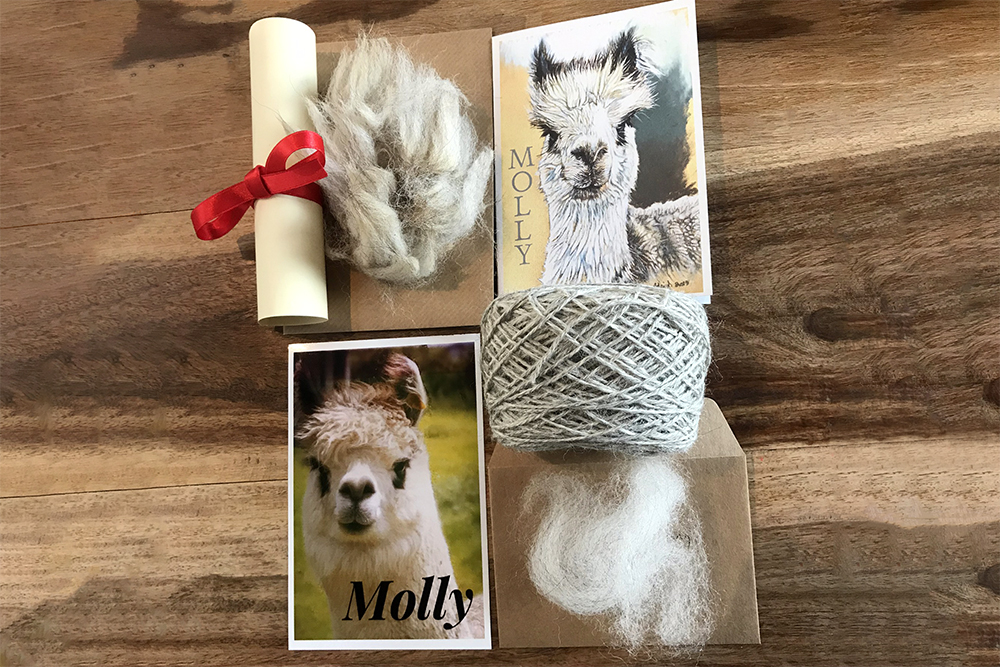They’re cute, but alpacas pack a punch. And a kick. And a spit…
Opinion Feature

Alpacas have been increasing in popularity in the UK since they first started to be imported in numbers during the 1990s. I remember going to the Royal Show, a big part of the countryside calendar until its closure in 2009, and being mesmerised by these strange animals, with bulging eyes, long agile legs that can leap a hedge in one bound and tall ears that swivel like satellite antenna.
More Harry Potter mash-up of a rabbit, a deer and Buckbeak, than any credible result of evolution, there’s no denying they’re weird. I’m not entirely sure how Nature looked at the alpaca and thought, ‘Yeah, that’s a good day’s work’, but somehow, they made the final cut. Saucer-eyed, buck toothed and slack-mouthed, with a perpetually dropped lower lip, they look in equal parts, astonished and astonishing.
Saucer-eyed, buck toothed and slack-mouthed, with a perpetually dropped lower lip, they look in equal parts, astonished and astonishing.
It took me another 10 years to become an owner of four of the estimated 45,000 alpacas that now live in the UK. Indigenous to South America, they are most densely populated in the Peruvian Andes. Closely related to llamas, with which they are often confused, there are two different breeds of alpaca – the huacaya (pronounced wa-ky- a) and the suri.

The huacaya, which makes up 95% of the alpaca population and is the most commonly seen in the UK, has a dense, fluffy-looking fleece, growing straight out from the side of the animal. The suri by contrast, has a fleece that hangs down like shaggy dreadlocks, making it look like a cute version of a 1970’s lampshade.
Products made from alpaca fleece are niche, luxury items with a price tag to match, but they are sought after with good reason. Described by the Peruvian Incas as La fibra de los dioses, ‘The fibre of the gods’, alpaca fleece is as soft and luxurious as cashmere, lightweight and incredibly warm.
Alpacas aren’t just cute, their sustainable by-products are beautiful and luxurious.
If you fancy getting up close and personal with alpacas, an alpaca show is a good way to find out more. Breeders bring their pride and joy to showcase to a fascinated public. Or if you’re looking for something a bit more hands-on, then perhaps alpaca trekking is for you. Basically, it involves taking an alpaca for a walk in the countryside and I’m told it’s very relaxing. For more details about alpaca showing or trekking, you can visit the British Alpaca Society website.

If you’re considering keeping these unusual animals, you can also find plenty of information about their care and welfare on this site. Bear in mind it’s a long-term commitment, alpacas live into their 20s and they are herd animals and shouldn’t be kept alone but ideally in groups of three or more. However, be warned – the fact that you love alpacas is no guarantee that they’ll have the same opinion of you.
Alpacas, it turns out, are naturals at social distancing. Guarding their personal space is really not a stretch. They’re pre-disposed not to like you. Or each other. Or anyone really. They don’t want to be close to you and although they live in groups, they keep each other at legs’ length. Strong legs it turns out. Strong legs, with hard hooves at the end, that pack a really painful kick. Just in case you weren’t sufficiently deterred by the radioactive, projectile spit…
One minute they’re humming companionably at each other, swapping opinions in Les Dawson impressions of gossipy old ladies disapproving of everything around them. The next, they taking outraged offense at one of their compadré’s hummy opinions.

Swinging their neck round in a melodramatic huff, they’ll launch an enormous glob of foul-smelling slime at the surprised recipient. And sometimes it’s not at another alpaca. Sometimes it’s at you! God alone knows what internal alchemy percolates this slime to such heights of stomach-churning pungency, but by all that is unnatural in the natural world, this gunk is biological warfare.
Still love them? Yes, me too.
To see your company in any upcoming features we are arranging please email editorial@hurstmediacompany.co.uk









